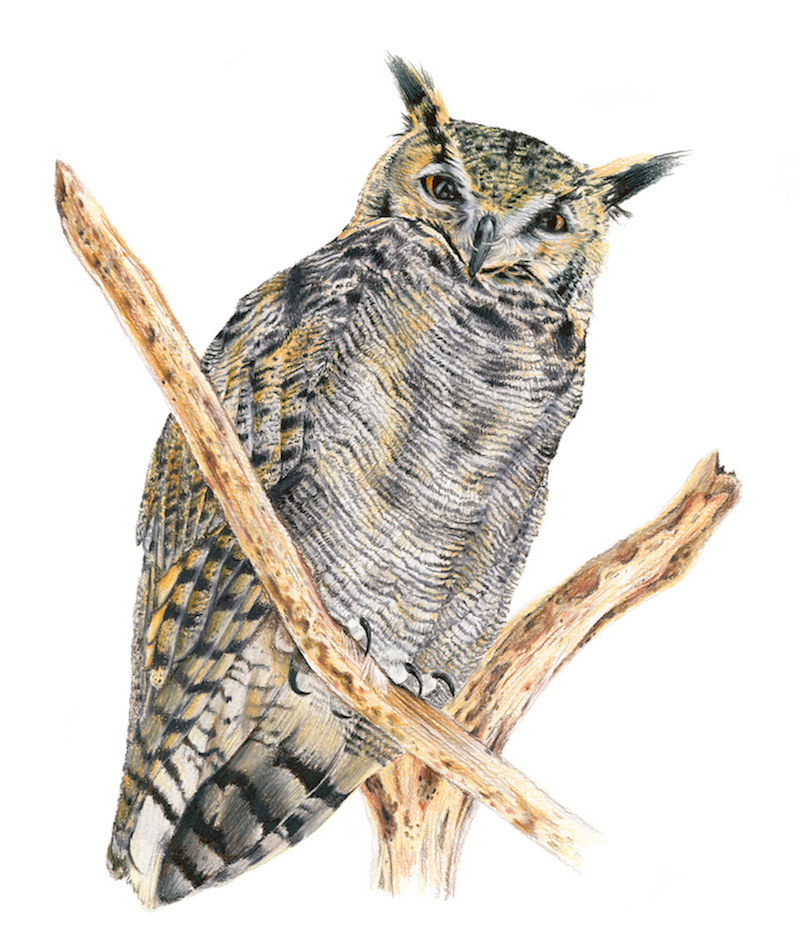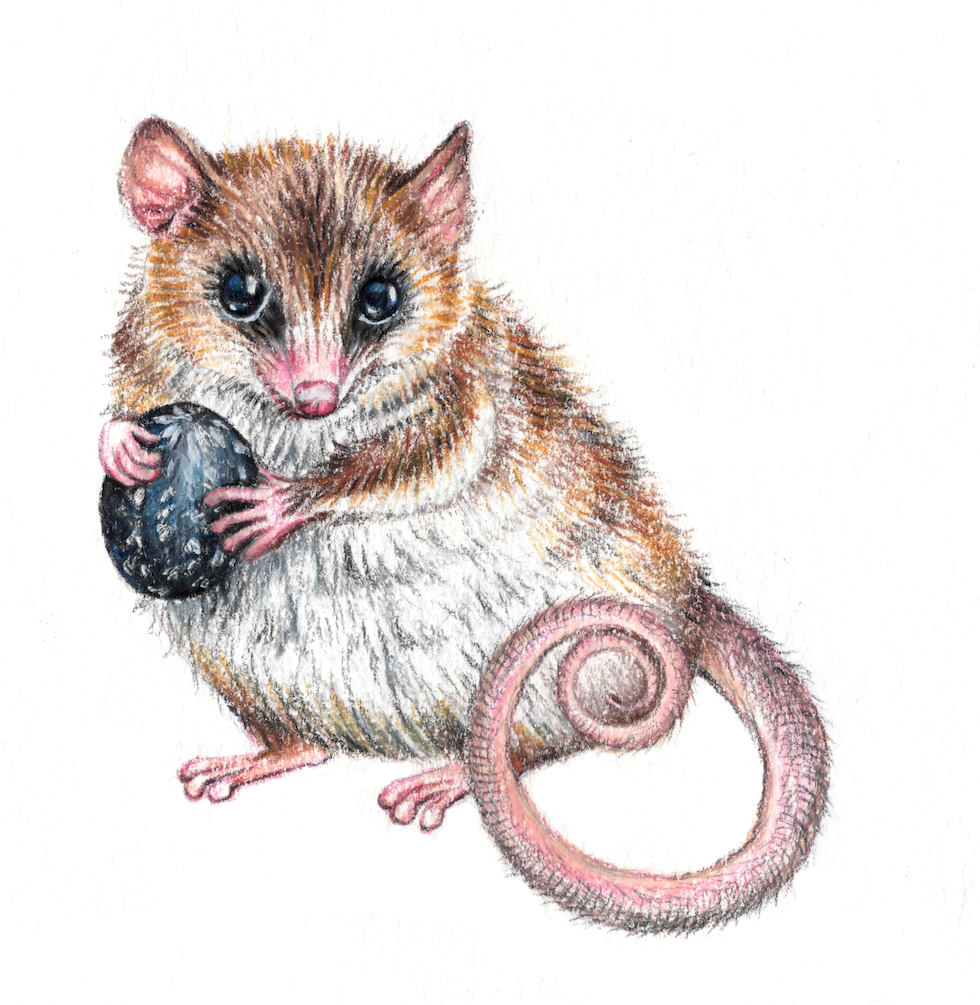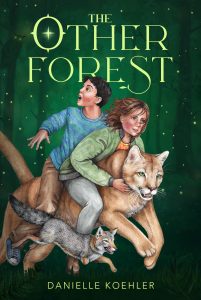Photograph by Gustavo Latorre from a puma living at Fundación Romahue in Puerto Varas, Chile.
Chile is home to a number of amazing wildlife. The following animals and illustrations are featured in my book The Other Forest.
Download a PDF of the Flora and Fauna of Chile

Puma
(Puma concolor)
- Habitat: North and South America in a wide variety of habitats, preferring areas with dense underbrush or rocky terrains for hunting.
- Size: The puma is the fourth largest cat in the world. Adult males like Newen can reach around 7.9 ft (2.4 m) in length from head to tail, weighing between 115 to 220 pounds (52 to 100 kg).
- Conservation Status: Listed as “Vulnerable” within Chile due to habitat loss and conflict with humans.
- Fun Fact: They can jump 15 ft (4.5m) high and 40 ft (12m) in distance and run up to 50 mph (80 kph).

South American gray fox
(Lycalopex griseus)
- Habitat: Argentina and Chile, in a variety of habitats ranging from forests, prairies, and the Patagonia steppe.
- Size: They weigh between 5.5 to 12 lbs (2.5 to 5.45 kg) and measure between 26 to 43 inches (65 to 110 cm) in length from head to tail.
- Conservation Status: Listed as “Least Concern”, though regularly persecuted by humans due to killed livestock.
- Fun Fact: They are “false foxes”, more closely related to wolves and jackals than true foxes.

Magellanic horned owl
(Bubo magellanicus)
- Habitat: Peru, Bolivia, Chile, and Argentina in a variety of habitats ranging from forests, the Patagonia steppe, and mountains up to 14,700ft (4,500m) high.
- Size: They are the largest owls of Chile, about 18 in (45 cm).
- Conservation Status: Listed as “Least Concern” due to their extensive range of habitat, though there are frequent cases of injury or death caused by vehicles.
- Fun Fact: Their spanish name “tucúquere” is an onomatopoeia for the owl’s hoot.

Southern river otter
(Lontra provocax)
- Habitat: Argentina and Chile, inhabiting both freshwater as well as marine environments.
- Size: They can reach a length of 2.5 ft (70 cm) long, with a tail adding about 16 in (40 cm).
- Conservation Status: Listed as “Endangered” due to water pollution and habitat loss.
- Fun Fact: Baby otters are called pups. A litter averages 2 or 3 pups but can be up to 6.

Monito del monte
(Dromiciops gliroides)
- Habitat: Bamboo forests in southern Argentina and Chile.
- Size: Their head and body measure about 4 in (10cm) while their tail adds an additional 4.3 in (11cm).
- Conservation Status: Listed as “Near Threatened” due to habitat loss and the introduction of domestic cats.
- Fun fact: It is the only New World marsupial related to those in Australia and Asia. The females have a fur-lined pouch with four teats in which their babies live for about five months.

Kodkod
(Leopardus guigna)
- Habitat: Forests of central and southern Chile.
- Size: They are the smallest wild cats of South America, with a length of up to 20 in (51 cm) and weight up to 6.6 lbs (3 kg).
- Conservation Status: Listed as “Threatened” due to habitat loss and conflict with humans.
- Fun Fact: Most are covered in dark spots but there are examples of fully black kodkods.



